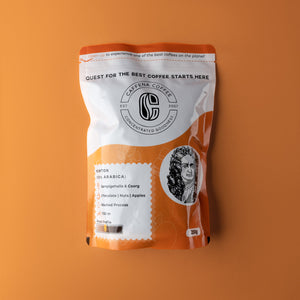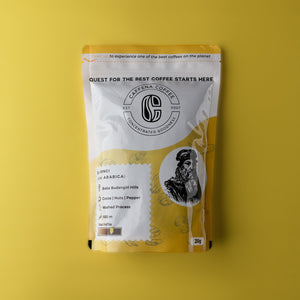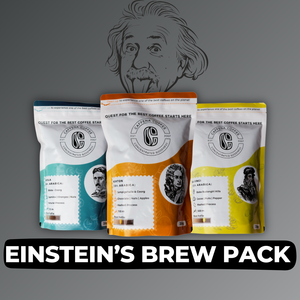Carbon Negative Shipping 🌱🌏
We are glad to announce our partnership with Pachama, in an attempt to offer you sustainable shipping by offsetting the carbon emissions from the delivery process. This is among many other initiatives we have taken up in our flagship sustainability project Caffuel™. With our initiative we are going to donate money to protect the Bajo Mira and Frontera (BMF) and Acapa REDD+ Project for every "Carbon Negative Shipping" you order.
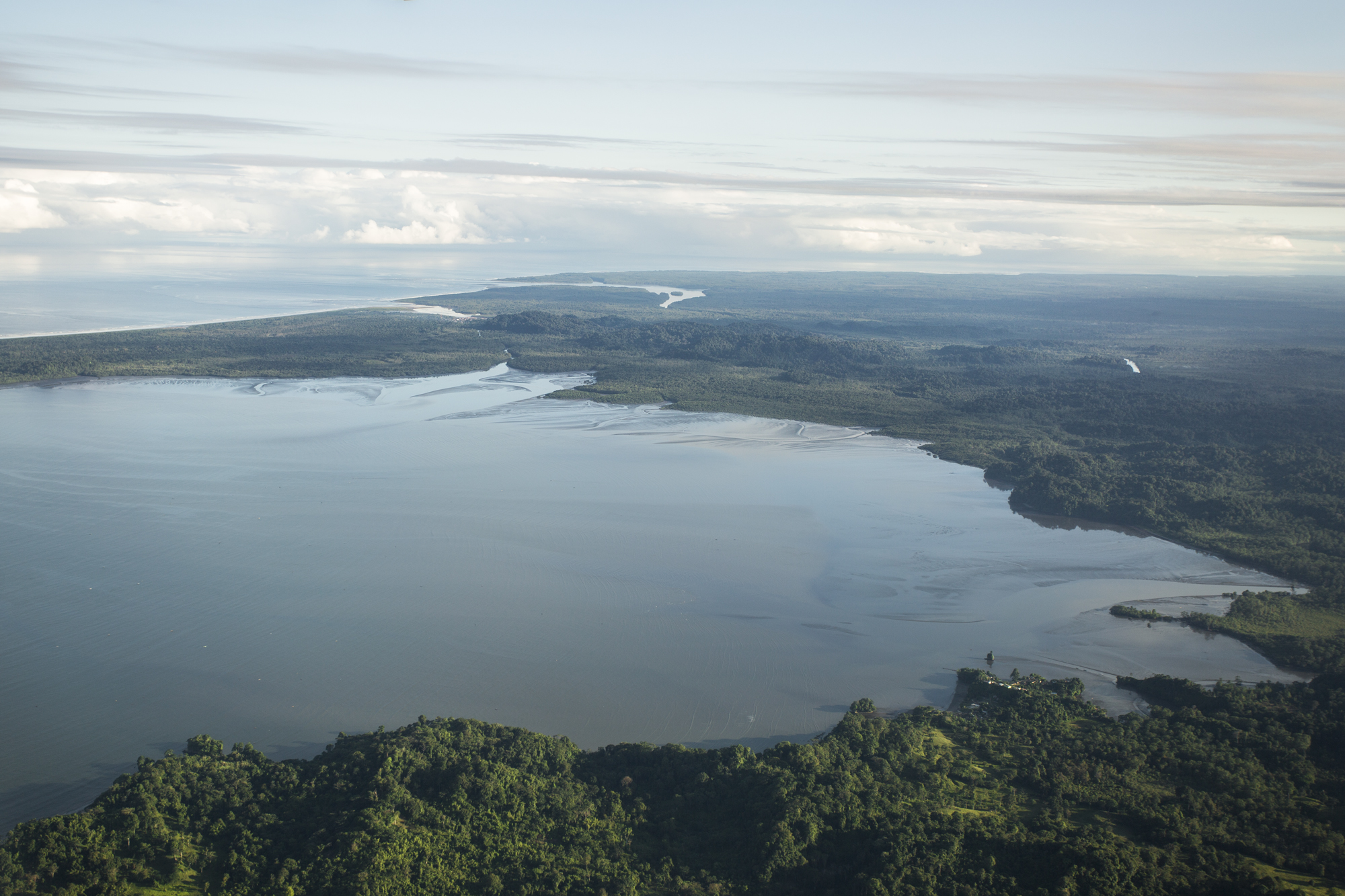
What is Carbon Offsetting?
Imagine making a mess, let’s say spilling a can of paint. But you don’t know how to clean up paint, or you just don’t want to. So instead of cleaning it yourself, you pay someone to clean up a different can of spilled paint somewhere else, or to prevent another paint can from being spilled.
The good news is that this is a crude analogy. In the paint can scenario, you’d still be side-stepping spilled paint and would never see the benefit of your remote cleaning. Pulling carbon from the atmosphere, however, is different, because it’s beneficial to the entire planet, regardless of where in the world it happens.
People, businesses, and governments can calculate how much carbon they’ve emitted from things like daily life and business operations and then pay to capture or prevent emissions for that amount of CO2. Offsets are sold per metric ton of CO2, and the price range is massive, from a few dollars per metric ton to hundreds of dollars. It all depends on the size of the offset project, the technology used, and the country where it’s implemented.
Why Do We Purchase Offsets?
Caffena has adopted carbon offsets as a tactic that is part of a larger strategy:
- Reduce direct emissions as much as possible.
- Offset all remaining emissions.
We take steps to reduce our emissions by creating green offices practices and being mindful of our footprint, but we also pay to offset our emissions from things like powering our offices, data centres, people, and business travel.
How Pachama uses tech to maximise offsets?
Historically, it’s been an entirely manual task to measure trees for forestation-based carbon offsets. You have to send people into the forest to take sample plots, count the trees, measure them with tape, and validate how much carbon is actually in that forest. It’s expensive, slow, and prone to error. Plus, a company would do this only once every five years or so to be eligible for certification, so the information is out of date nearly immediately. The manual verification certification process can cost hundreds of thousands of dollars because of all the human-power required.
However, today we have a plethora of satellites taking near constant photos of the earth below. We have machine learning and artificial intelligence that can help process all of these images, developing algorithms to make predictions about the amount of carbon in a given area. There are also technologies like light detection and ranging (LIDAR), which three-dimensionally scans an environment by shooting laser beams to measure distances. And don’t forget about drones that can now fly super long distances.
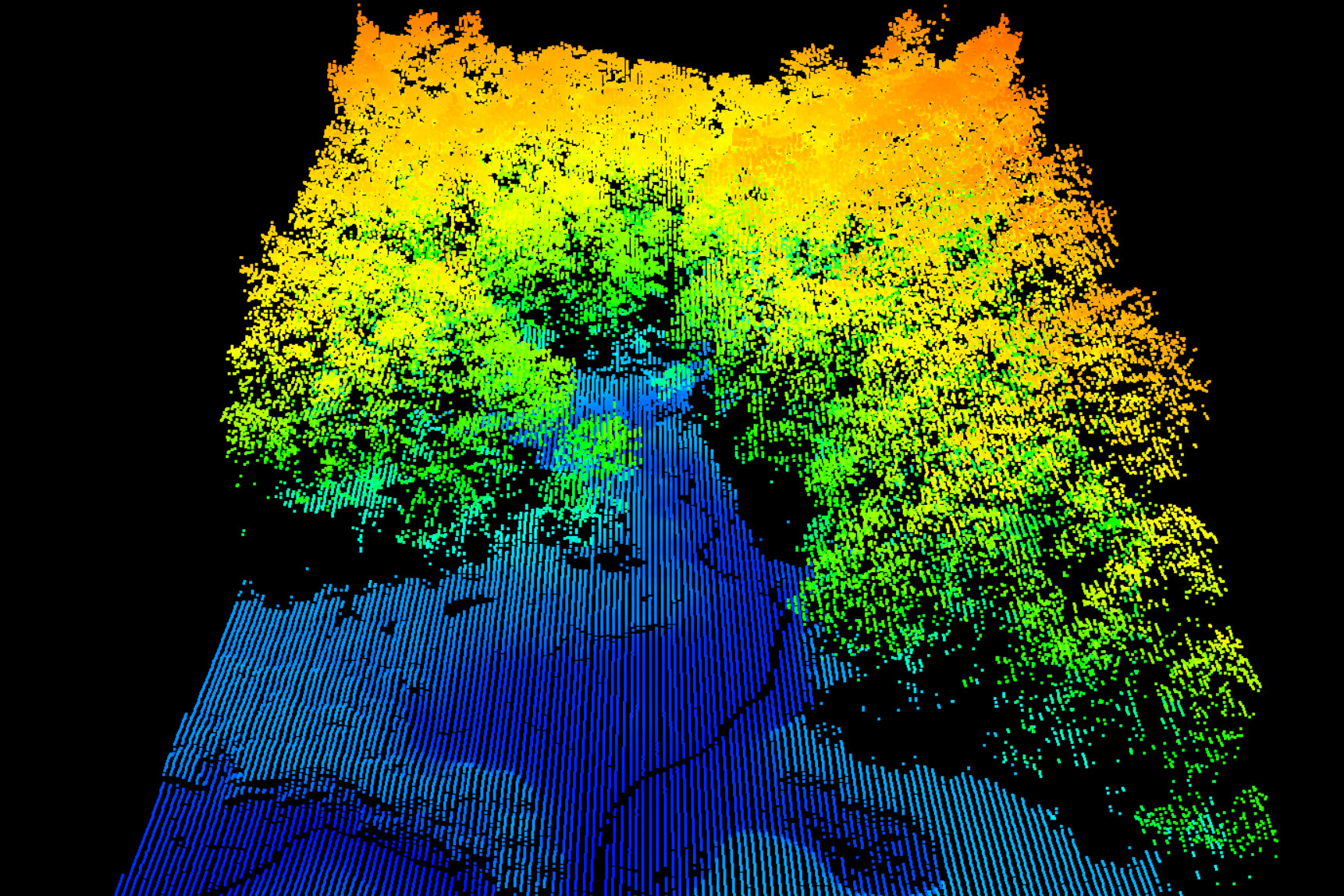
Pachama uses multiple types of technology to make their offset verification process more efficient.
“Our goal was to bring together all of these technologies that the tech world had advanced and use them in the service of making this industry more efficient, more transparent, and more credible,” Diego says.
Instead of supporting just one forestation project, Pachama is implementing a patchwork-quilt approach, building a marketplace of various projects from around the world that people can choose from.
Why Forests?

The Anatomy of an Offset
We’ve chosen the Bajo Mira and Frontera (BMF), and Acapa, forestation projects so far with Pachama, in the Pacific coastal municipality of Tumaco, Columbia.
This project is a Verified Carbon Standard certified project using machine learning, satellite imaging, and remote monitoring technology. Our contribution per Carbon Negative Delivery contributes towards the project costs to protect the existing forest, increase the biomass through improved forest management practices, and verify the project’s progress.
At the end of the day, Pachama is a business. For every rupee we invest with them, 20% goes to Pachama for their commission, and 80% goes directly to their forestation projects
Bajo Mira and Frontera (BMF) and Acapa REDD+ Project
This project is an Agriculture, Forestry and Other Land Use (AFOLU) project under the Reducing Emissions from Deforestation and Degradation (REDD) project category. Specifically, the project is of the “Avoided Unplanned Deforestation & Degradation” (AUDD) project category.

The project is estimated to generate approximately 10,535,712 VCUs over 30 years. The project area is located in the collective territories of Bajo Mira and Frontera (BMF), and Acapa, in the Pacific coastal municipality of Tumaco, in the province of Nariño in Colombia. Belonging to the biologically diverse Chocó-Darién bioregion, forests of the area are important nationally and internationally for the ecosystem services they provide. The project area forests, however, have experienced a continued reduction in biomass due largely to illegal logging. The Colombian Environmental Studies Institute –IDEAM1 - has recently included BMF within the national deforestation hotspots. Project area forests are also an important source of income for local families, who periodically harvest timber when the economic needs arise.
Changes to Colombian constitutional law in 1991 resulted in the recognition of the ancestral presence and possession of lands by communities of African descent on the Pacific coast. Subsequent legislation detailed in Section 1.3.5 granted land title to these communities, specifically, 46,482 hectares in the case of BMF, and 94,388 hectares in the case of Acapa. A component of this legislation, Law 70, also gave these communities the right to self-administration including rights of use of the natural resources present in their territories under the legal dispositions of Colombia.

Illegal timber extraction is historically an important source of income within the project zone and is the major focus of the REDD+ project. Following from the gradual degradation of forests caused by continual timber extraction, many forest areas are ultimately converted to agriculture and pasture. The project aims to alleviate these pressures on the forests through the support of governance capacity (including individual property titling, land-use planning and conservation zone demarcation), the generation of alternative economic activities and income sources, and through capacity building in administration and management. These project activities, beyond protecting local forests and biodiversity, contribute to social and economic development in one of the poorest areas of Colombia. The effectiveness of these activities is partially dependent on their long-term economic success and wide-spread adoption.

Since the project’s inception, local communities have been actively participating in the project’s formulation and implementation. The early involvement of participating communities has created awareness among community members and readiness for project implementation. Community support has culminated in the project’s endorsement by the legal representatives of communities and the communities’ General Assembly. These endorsements demonstrate the communities’ long-term commitment to emissions reductions from avoided logging and deforestation. You can explore further details about the project by clicking the links below
#YourPurchaseMatters #CaffenaCares #CaffenaFightsWaste

